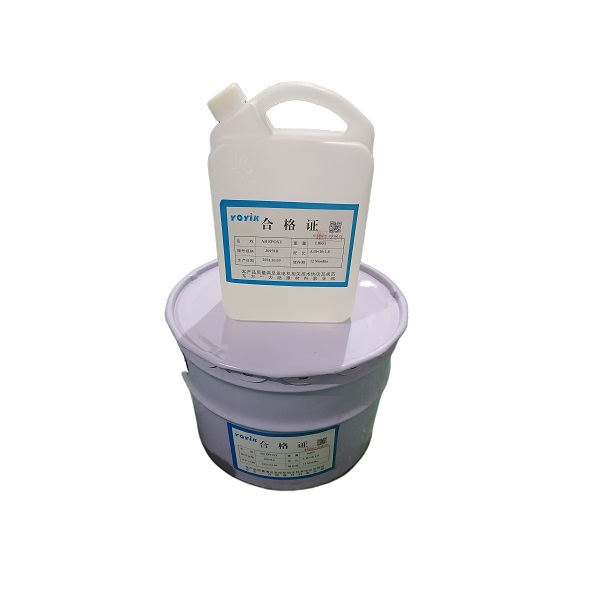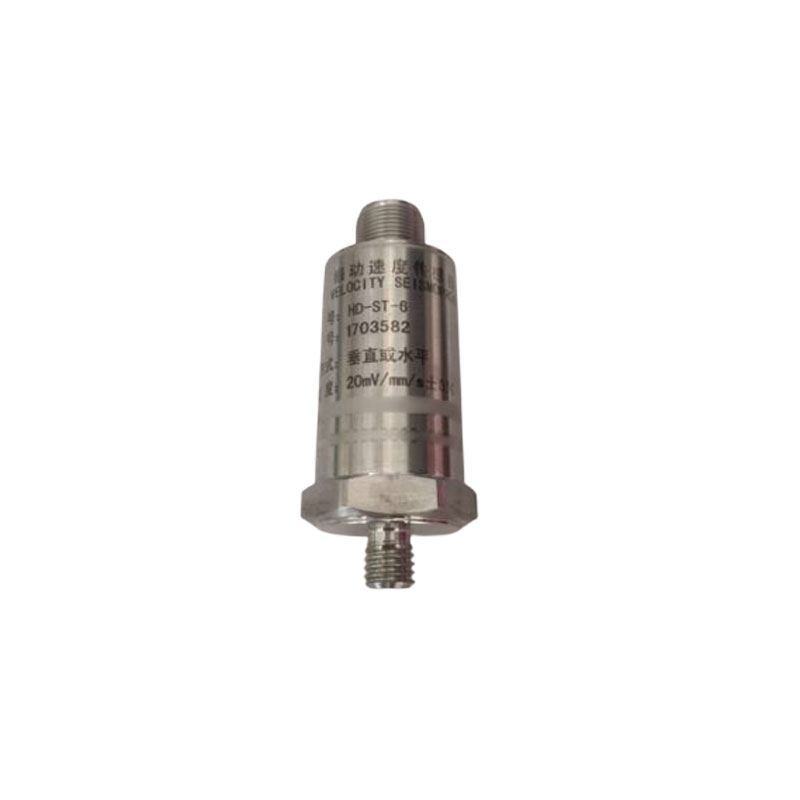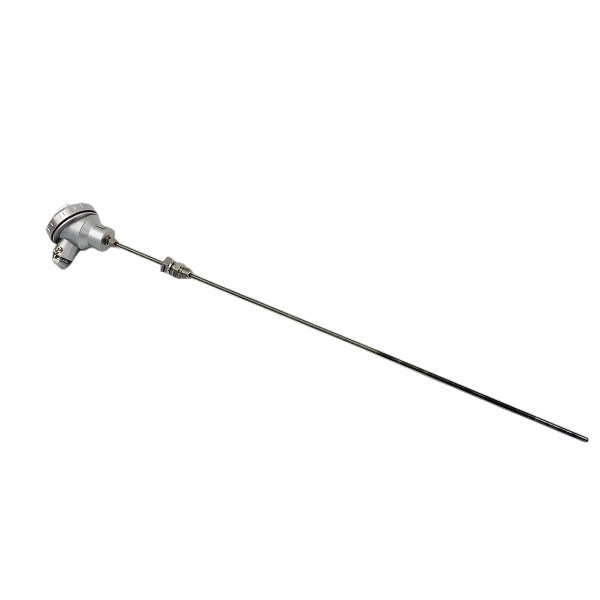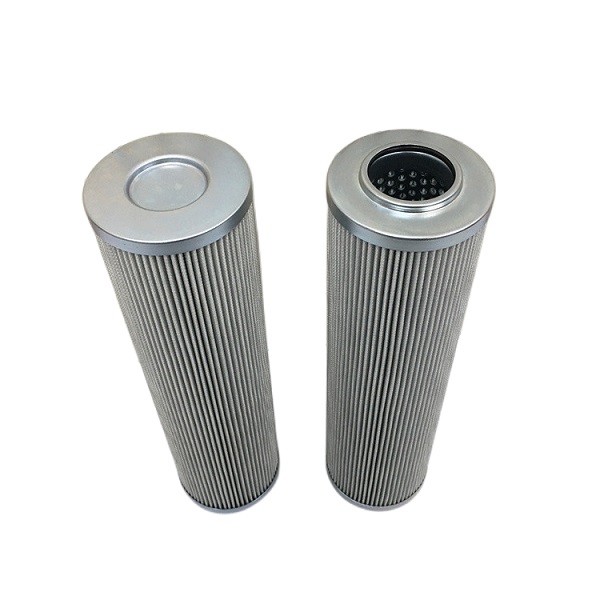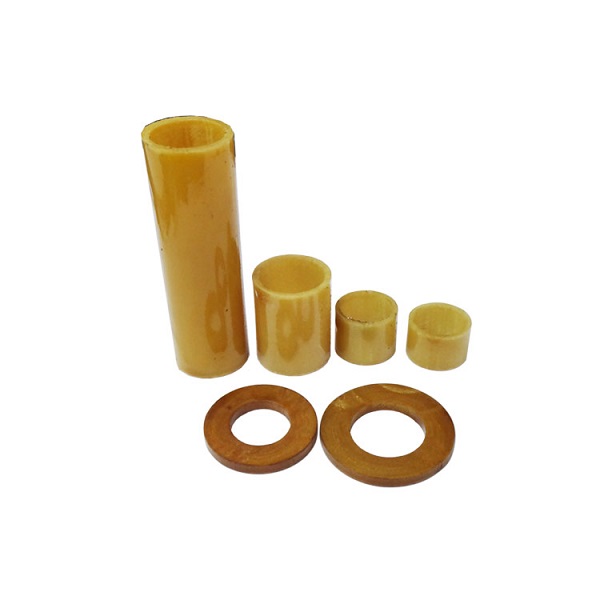The M series electric actuator is a key component in the automatic control system, which drives the opening, closing, and automatic adjustment of valves through electric means, achieving precise control of process parameters such as pressure, temperature, and flow rate. This type of electric actuator is widely used in fields such as power plants, petrochemicals, metallurgy, building materials, desulfurization, and water treatment. It can receive control signals from DCS systems or upper level regulating instruments to achieve remote, centralized, and automatic control of valves.
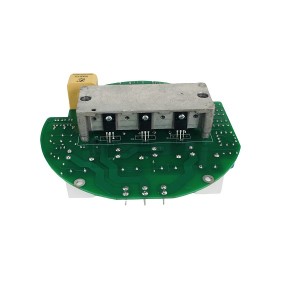
The M series electric actuators can be divided into multi turn, partially rotary, and linear types based on their different motion modes. Multi cycle transformation is suitable for valves such as gate valves, globe valves, diaphragm valves, etc; Partial rotary type is suitable for butterfly valves, ball valves, and damper baffles, etc; The straight type is suitable for regulating valves of the straight type.
In order to achieve these functions, the M series electric actuator is equipped with various circuit board accessories, including:
- 1. CPU board (motherboard): This is the brain of the electric actuator, responsible for processing control signals and managing the operation of the entire actuator. It typically includes microprocessors, memory, clocks, and other critical components.
- 2. Signal board (input/output channel board): This circuit board is responsible for receiving input signals from sensors, such as position feedback, pressure, and temperature signals, and outputting the processed signals to actuators or other control systems. It usually includes analog and digital input/output channels.
- 3. Power board (filter board): The power board is responsible for providing stable power to the electric actuator and may include voltage regulation, filtering, and protection circuits to ensure that other circuit boards work in a clean power environment.
- 4. Variable frequency board (control board, drive board): The variable frequency board is usually used to control the speed and direction of the motor. It receives instructions from the CPU board and adjusts the operation of the motor through variable frequency technology to achieve precise control of the valve.
- 5. Terminal board: Terminal boards provide a convenient way to connect external cables and internal circuit boards, typically containing a series of wiring terminals for input and output signal connections.
- 6. Sample collection: The sampling board may be used to collect physical parameters during the process, such as temperature, pressure, etc., and convert these signals into electrical signals for processing by the CPU board.
Our company provides all circuit board accessories for M-series electric actuators, including Display Board ME8.530.016, CPU boards, signal boards, power boards, frequency conversion boards, terminal boards, and sampling samples, to ensure compatibility and performance with M-series electric actuators. This service provides convenience for customers, ensuring the reliability and stability of electric actuators, while also reducing maintenance costs and downtime.
Post time: Apr-10-2024



